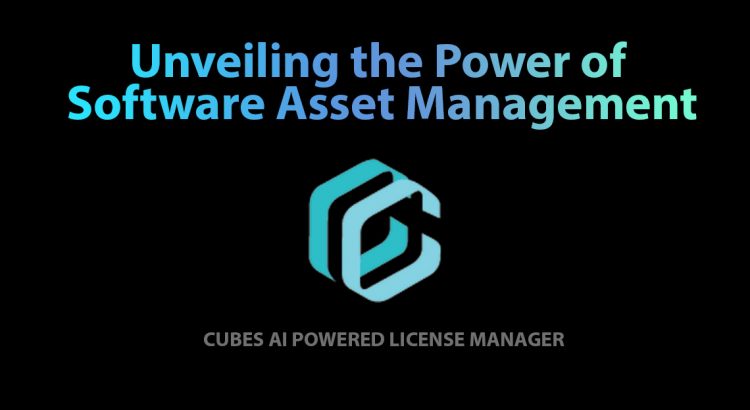In today’s fast-paced digital landscape, businesses heavily rely on software solutions to drive their operations. However, managing a multitude of software assets can quickly become overwhelming, leading to inefficiencies, financial risks, and compliance challenges. That’s where Software Asset Management (SAM) comes into play. In this blog post, we will explore the concept of Software Asset Management, its benefits, and how it can revolutionize your organization’s software management practices.
Understanding Software Asset Management
Software Asset Management (SAM) refers to the strategic approach and set of processes that help organizations effectively manage, optimize, and maintain their software assets throughout their lifecycle. It encompasses activities such as software inventory management, license compliance, software deployment, and tracking software usage. By implementing SAM practices, businesses can gain better visibility into their software assets, reduce costs, mitigate legal and security risks, and improve overall operational efficiency.
Benefits of Software Asset Management:
- Cost Optimization: SAM allows businesses to analyze their software usage and make informed decisions regarding license procurement and renewal. By eliminating unnecessary licenses and negotiating favorable terms with software vendors, organizations can significantly reduce costs.
- Compliance and Risk Management: SAM ensures compliance with licensing agreements, minimizing the risk of legal and financial penalties. It also helps identify potential security vulnerabilities by keeping track of software versions and applying necessary patches and updates.
- Improved Efficiency: SAM streamlines software deployment and usage, ensuring that the right software is available to the right users at the right time. This eliminates the inefficiencies associated with manual software installation and allows employees to focus on their core tasks.
- Enhanced Productivity: With SAM, businesses can optimize software configurations and automate routine tasks, improving productivity and enabling employees to work more efficiently.
Implementing Software Asset Management:
To implement SAM successfully, organizations should follow these key steps:
- Conduct a comprehensive software inventory to identify all installed software.
- Assess license agreements and track software usage to ensure compliance.
- Develop centralized processes and tools to manage software assets effectively.
- Regularly review and update SAM policies and procedures to accommodate organizational changes.
- Educate employees about software usage policies and their role in SAM.
Software Asset Management is a vital practice for modern businesses aiming to optimize their software investments, reduce costs, and mitigate risks. By implementing SAM, organizations can gain control over their software assets, improve operational efficiency, ensure compliance, and drive overall business success. Embracing SAM as a strategic initiative will not only enhance your organization’s software management practices but also enable you to navigate the rapidly evolving digital landscape with confidence.
